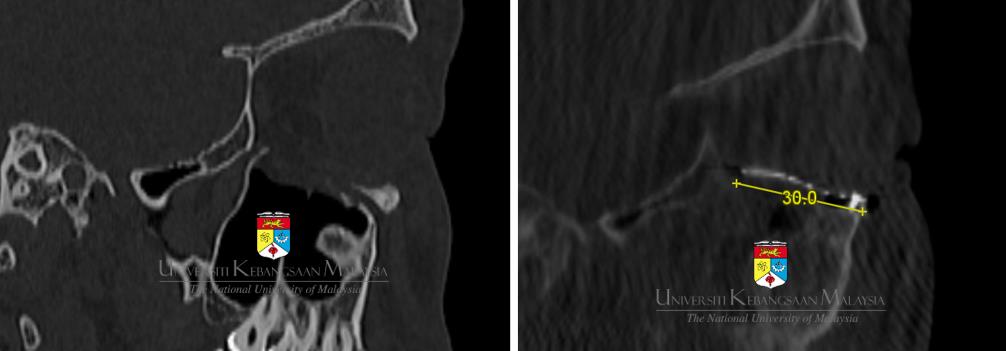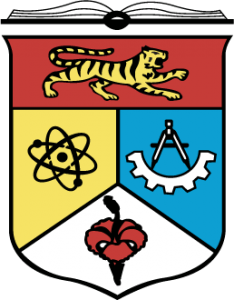he Department of Oral and Maxillofacial Surgery is one of the leading departments within the Faculty of Dentistry at Universiti Kebangsaan Malaysia (UKM).
UKM is recognized as a Research University, a designation officially conferred by the Malaysian Government in August 2007. Our main, hospital-based oral and maxillofacial clinic is located at Level 2, Hospital Canselor Tuanku Muhriz, Jalan Yaacob Latif, Cheras, Kuala Lumpur, Malaysia. This clinic is approximately 16 kilometers south of the Faculty of Dentistry UKM Jalan Raja Muda Campus, situated in the heart of Kuala Lumpur. Minor oral surgeries under local anesthesia, including implant and various dentoalveolar surgeries for both undergraduates and postgraduates are usually conducted at the Jalan Raja Muda Kuala Lumpur Campus.
Our expertise includes the management of various oral and maxillofacial conditions, injuries, or pathologies such as dentoalveolar surgery, maxillofacial trauma, facial deformities, oncology (jaw lesions and malignancies), cleft surgery (using a multidisciplinary approach), orthognathic surgery, sleep-disordered breathing (also using a multidisciplinary approach), and other surgical aspects and diseases related to the oral and maxillofacial region.
As a tertiary referral center, our services are supported with state-of-the-art medical and surgical equipment. Our center is well-recognized in Malaysia for treating complex maxillofacial conditions such as osteoradionecrosis, medication-related osteonecrosis of the jawbones, orthognathic surgery, and especially computer-assisted or computer-aided oral and maxillofacial surgery.
Among the achievements of the department is the successful performance of the ‘osteo-odonto-kerato-prosthesis’, which enabled a corneal blind patient to regain sight. Additionally, we successfully conducted Malaysia’s first computer-generated, fully customized, patient-specific maxillofacial implants using both PEEK and titanium. In Malaysia, we also pioneered the use of intraoperative computed tomography scan for use in major maxillofacial and orbital trauma. Working closely with industry leaders such as Brainlab (M) Sdn Bhd, Depuy Synthes, KLS Martin, and many others, our center also successfully performed the very first navigational surgery for a panfacial fracture, including bilateral severe orbital fractures.
Computer-assisted planning and surgical methods are now routine for all patients with severe midfacial, orbital, and/or panfacial fractures, as well as for jaw reconstruction following tumor resection and increasingly being use for the orthognathic surgery procedures. To date, more than 120 patients who sustained orbital blowout fracture have benefited from this advanced and individualized treatment protocol. We have also extended our computer-assisted surgical services for the management of jaw tumors through collaboration with Peking University School of Stomatology.
In terms of research and publications, our department has conducted several major research projects and actively publishes scientific articles, especially in the fields of oral and maxillofacial trauma, psychological aspects of oral cancer patients, intraoperative imaging for maxillofacial trauma, and the management of osteonecrosis of the jawbones




DEPARTMENT OF ORAL AND MAXILLOFACIAL SURGERY, UNIVERSITI KEBANGSAAN MALAYSIA, KUALA LUMPUR,